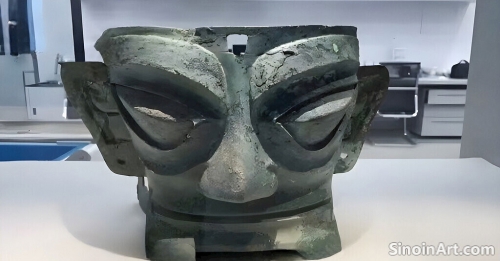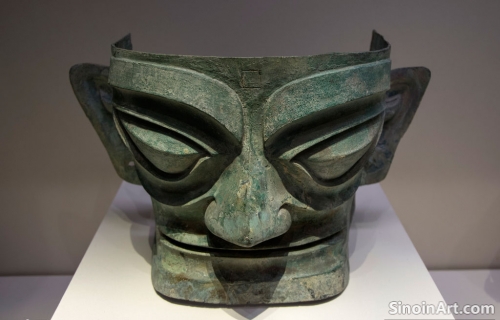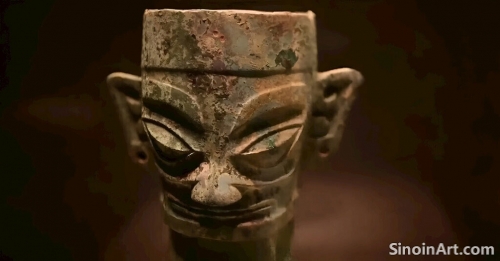The Influence of Bronze Ware on Ancient Chinese Architecture: Decorative Elements and Structural Supports
|
While often associated with smaller, more portable objects, bronze also played a role in ancient Chinese architecture, used to create decorative elements, structural supports, and other components, and highlighting its versatility and its ability to improve the functional and aesthetic quality of buildings and complex structures. The use of bronze in architecture reflects the deep connection between art, technology, and the built environment in ancient China.  Bronze was used to create elaborate decorative elements for buildings, including door handles, plaques, and other architectural fittings, all designed to enhance the visual appeal and aesthetic quality of structures and spaces. The use of bronze helped to elevate the status and beauty of the buildings they were a part of. The integration of bronze into architectural design is a key element in understanding the artistic sensibilities of the era.  Bronze was also used to create structural components for buildings, including supports for beams, pillars, and other elements, enhancing both strength and durability, and highlighting the sophistication of the engineering techniques of the period. The use of bronze components helped to create buildings that were both structurally reliable and aesthetically appealing. The application of bronze in architectural design helps to illustrate the practical application of theoretical knowledge.  The creation of bronze fixtures and fittings also reflects the importance of creating spaces that reflected the social, cultural, and religious values of the time, using a combination of beautiful design and also solid structural engineering to create environments that were both meaningful and also useful. |
Tag : bronze architecture, Chinese design, building elements, structural support, decorative features
Related information
- Bronze Vessels and the Concept of "Li" in Ancient China: Ritual Order and Social Harmony
- Bronze Ware and Ancient Chinese Beliefs About Immortality: The Quest for Everlasting Life
- The Use of Bronze in Ancient Chinese Ritual Masks: Power, Transformation, and the Spirit World
- Bronze Ware and the Development of Chinese Writing: An Intertwined History
- The Bronze Masks of Sanxingdui: Exploring Ritual, Transformation, and the Unseen Realm
This article explores the connection between bronze vessels and the concept of li (禮) in ancient China, emphasizing how the proper use of vessels in rituals reinforced social order, hierarchy, and contributed to maintaining social harmony.
This article explores the connection between bronze ware and ancient Chinese beliefs about immortality, highlighting how mirrors, vessels, and symbolic designs were used to ensure the well-being of the deceased, and to help with their passage to an eternal existence.
This article explores the use of bronze ritual masks in ancient China, highlighting their dramatic designs, their role in invoking spirits, and how the act of wearing these masks facilitated transformation and connection with the spirit world.
This article explores the intertwined history of bronze ware and the development of Chinese writing, highlighting the earliest forms of writing on bronze, the evolution of script styles, and the role of inscriptions in preserving history and culture.
This article delves deeper into the bronze masks of Sanxingdui, exploring their unique characteristics, their role in ritual performances, their connection to the spirit world, and the insights they provide into the distinct religious beliefs of the ancient kingdom of Shu.